
No winter trip to Japan is complete without trying nabe, Japan's very own hotpot cuisine. Nabe comes in many different forms depending on the soup and ingredients, like meat and seafood, promising a myriad of flavors to enjoy. This article will explain the basics of Japanese nabe and introduce three great restaurants specializing in nabe cuisine.
What Is Nabe?
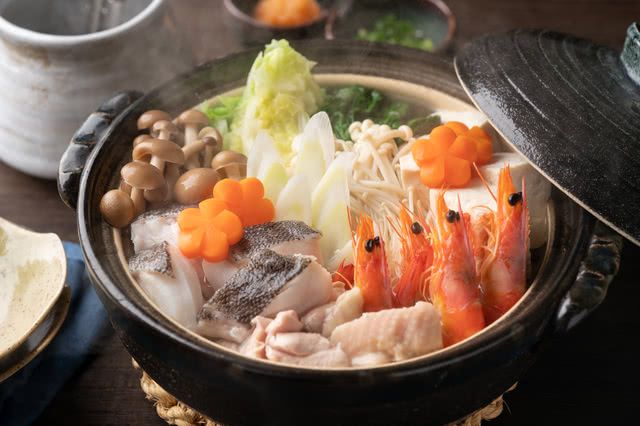
The defining characteristic of Japanese nabe is that it is served to eat in the same pot that it’s cooked in. Usually, the nabe pot is placed on the table over a portable gas stove or other heat source, around which family and friends gather to eat and share. Once the broth and ingredients are cooked, each member will serve themselves in individual bowls, often dipping their chosen ingredients in ponzu (soy sauce with citrus juice), sesame sauce, or another sauce or condiment for extra flavor.
Common nabe ingredients include meat such as beef, pork, and chicken, along with seafood like cod, salmon, shrimp, oysters, and crab. Nabe are also often filled with vegetables like Chinese cabbage and spring onion, which, while available throughout the year, are considered winter vegetables best eaten from November to around February.
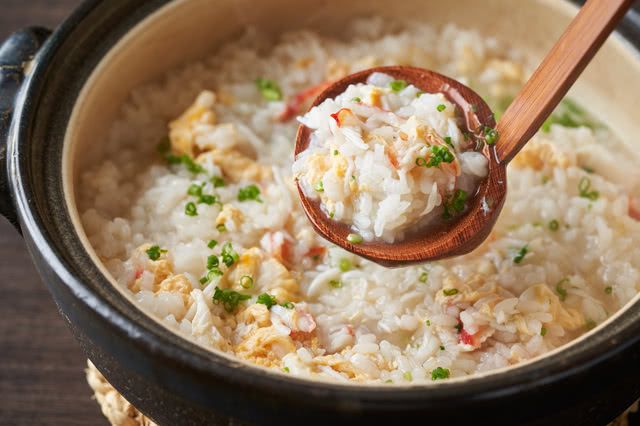
The taste of the nabe varies greatly depending on the broth. If you pass by a supermarket while sightseeing in Japan in the winter, be sure to check out their section on nabe broths. You'll be amazed at the variety available, which spans from simple soy sauce-based broths to soy milk, miso, tonkotsu ramen-like soups, and even tomato ones that pair well with cheese.
The best way to enjoy nabe broth to the last drop is with shime, which is the act of adding rice to the leftover broth to make a sort of rice porridge or noodles for noodle soup. Infused with the flavors of the ingredients cooked in it, savoring the leftovers as shime is an eagerly awaited final treat!
Winter Nabe Hotpots Are the Great Way to Experience Japanese Culture!
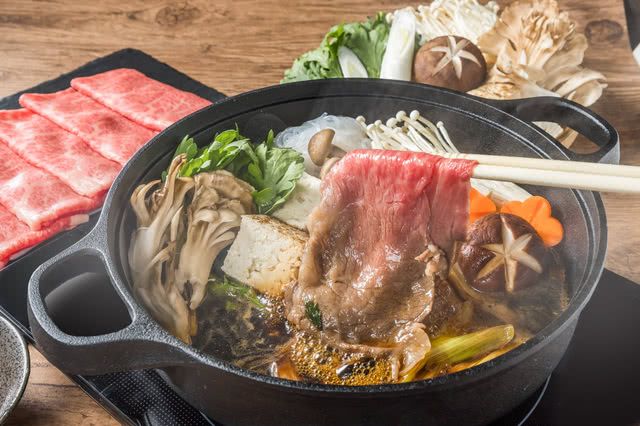
Aside from taste, the real pleasure of nabe is being able to sit around the nabe pot with family and friends and enjoy their company while waiting for the food to cook. Nabe is an integral part of Japan's food culture that is deeply rooted in the daily lives of Japanese people and is a must-try when visiting Japan. There are many kinds of nabe dishes to explore, including the classic shabu-shabu, sukiyaki, and kani-suki.
Shabu-shabu and sukiyaki are available at many specialty restaurants all over Japan. It’s quite easy to find places serving them in popular sightseeing spots.
Shabu-shabu consists of a broth made from kelp and other ingredients brought to a boil, into which thinly sliced beef is dipped and swished around to cook. Once done, the beef is dabbed in sauce before eating, while the vegetables are left to simmer in the broth until fully cooked.
Sukiyaki contains thinly sliced beef, spring onions, tofu, vegetables, and other ingredients simmered in a special sukiyaki broth made of soy sauce, sugar, mirin and sake. Sukiyaki is cooked differently in the Kanto and Kansai regions, with Kansai locals grilling the meat first before adding it to the broth. You can also dip the cooked ingredients in beaten eggs for added flavor.
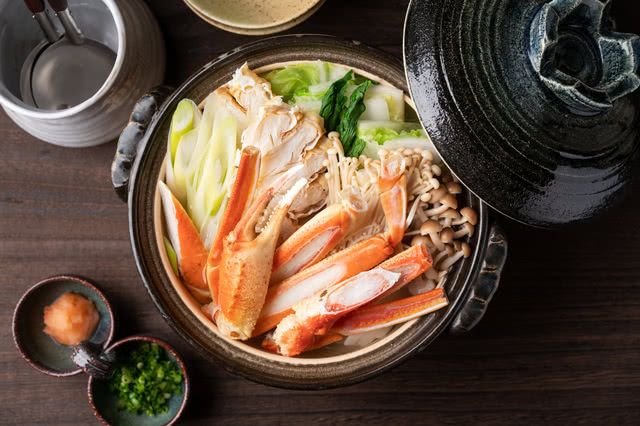
■Recommended Restaurants
Shabuzen Ginza Creston Hotel Branch (Tsukiji)
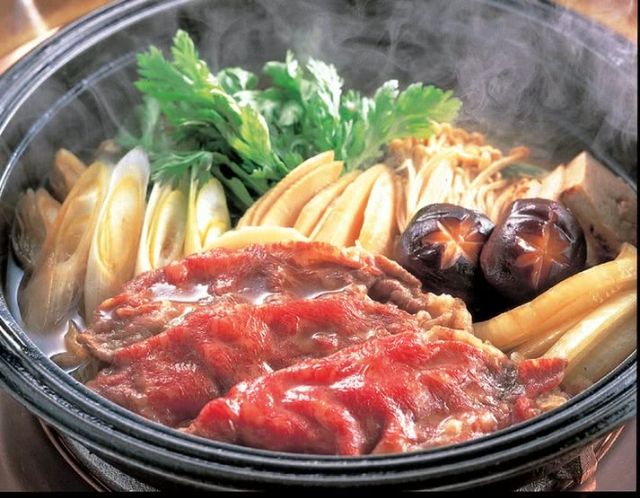
Shabuzen Ginza Creston Hotel Branch is a restaurant specializing in shabu-shabu and sukiyaki. Here, everything is meticulously curated by the seasoned chefs, from prime meat specially selected for shabu-shabu to the final presentation of the nabe.
The [Japanese Kuroge Wagyu Rib-Eye Steak Dish and Seasonal Cuisine] (9,735 JPY) course comes with an appetizer, sashimi, seasonal dish, and dessert. You’ll be served 120g of beef from Japanese Kuroge Wagyu with assorted Japanese vegetables, available in both shabu-shabu and sukiyaki styles. Shabu-shabu comes with kishimen (a type of udon, which is a flat noodle about 1 mm thick and 7-8 mm wide), while white rice is served for sukiyaki.
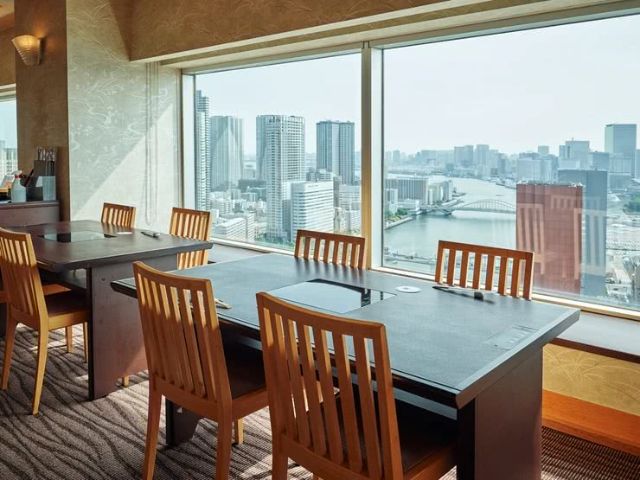
Sitting 120 meters above ground, diners will also be treated to stunning views of the Tokyo cityscape at night. All the tables are large, and the spacious interior ensures that even big groups can sit comfortably.
Shabuzen Ginza Creston Hotel Branch
Closed: None
Average price: [Dinner] 7,000 JPY
Access: From Exit 3 or 4 of Tsukiji Station, go straight down the street to the right of Denny's. The small tower to the right of St. Luke's Towers. It's on the 32nd floor of the Ginza Creston Hotel
Address: 32F, St. Luke's Garden Ginza Creston Hotel, 8 Akashi-cho, Chuo-ku, Tokyo Map
More Details Reservation
Kaiseki Mita Basara Bettei (Roppongi)
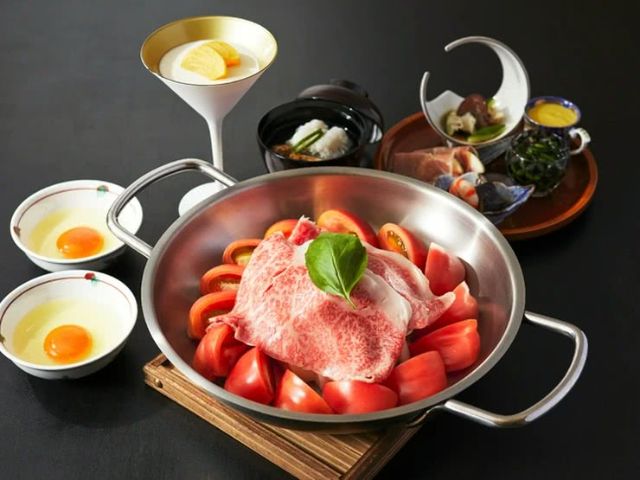
Kaiseki Mita Basara Bettei is the sister restaurant of Mita Basara, a Japanese restaurant that has been awarded one star for three consecutive years by the Michelin Guide. Along with its signature Tomato Sukiyaki, there are several additions that are unique to this restaurant, such as the Earthenware Pot-Cooked Rice.
[The Kobe Beef Tomato, Sukiyaki Rib Eye, and Sirloin Sampling Course] (19,800 JPY) comes with two types of Kobe beef, ribeye and sirloin, cooked in tomato sukiyaki. Unlike regular sukiyaki, tomato sukiyaki includes onions, basil, and other hearty ingredients. While a seemingly strange combination, anyone who tries it will agree that the acidity of tomatoes is a heavenly match for the rich flavor of Kobe beef!
Being an authentic high-end kaiseki course meal, diners will enjoy a hefty assortment of seasonal seafood and Japanese black beef through a range of dishes, including sashimi, soup, grilled foods, and more.
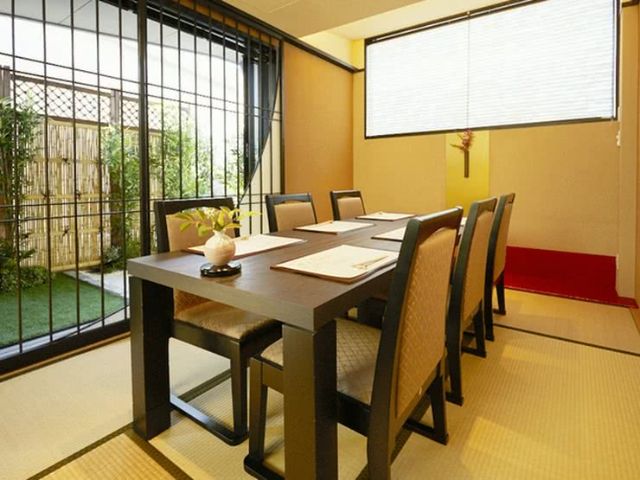
Seating stretches from the 1st to the 3rd floor, with tables and chairs on Japanese-style tatami matting on the 3rd floor. The 3rd floor courtyard also features a projection mapping display of swimming carp, enhancing the Japanese atmosphere.
Kaiseki Mita Basara Bettei
Closed: Irregular
Average price: [Dinner] 20,000 JPY
Access: 187m from Roppongi Station
Address: 7-17-2, Roppongi, Minato-ku, Tokyo Map
More Details Reservation
Kanimatsuba Main Branch (Tottori)
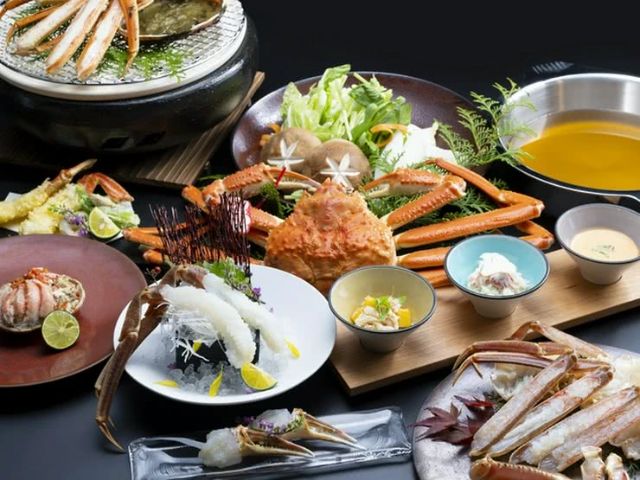
Matsuba crab is the name given to mature male snow crabs caught in the Sea of Japan during winter when the waves are high, which is from early November to March. Packed with meat and a refined flavor, these crabs are one of the most coveted wintertime delicacies in Japan!
Kanimatsuba Main Branch is a restaurant specializing in Matsuba crab, boasting a superb location just a 35-minute drive away from the local fishing port, ensuring their Matsuba crabs are served freshly caught.
The [Matsuba Crab Full Course 800g] (38,000 JPY in November, 48,000 JPY in December, and 38,000 JPY in December) treats diners to two whole crabs: one 800g tagged Matsuba crab from Tottori and one Matsuba crab caught fresh and boiled at the fishing port. The kani-suki nabe is the chef’s pride, and it comes with a shime of exquisite rice porridge! Those who opt for this course will be able to relish the deep, sweet flavor and springy texture of Matsuba crab to their hearts' content!
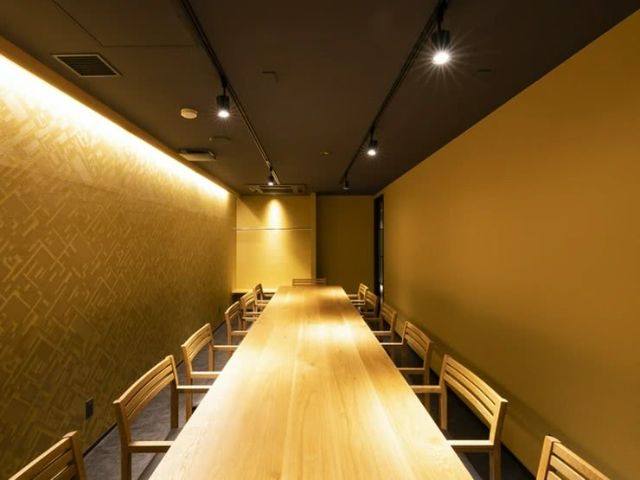
There is also a wide array of alcoholic beverages available handpicked by the chef from all over Japan, including local Japanese sake from Tottori. Be sure to have the fresh winter Matsuba crab caught in Tottori with a pairing of local Japanese sake, both blessings of the bountiful Tottori climate.
Kanimatsuba Main Branch
Closed: None
Average price: [Dinner] 30,000 JPY / [Lunch] 10,000 JPY
Access: 8 minutes walk from JR Tottori Station North Exit. Proceed north on National Highway 53 (Wakasa Kaido). The Palette Tottori Hall serves as a landmark
Address: 2F, Yayoi Bldg., 302-1, Yayoicho, Tottori-shi, Tottori Map
More Details Reservation









![Azabudai Hills [SUMI] (Janu Tokyo) ~ Editor's Afterword by the Editor-in-Chief of Japan's Gourmet Site](/gg/content_image//image/discover_oishii_japan/6536/article_head_150x105z.jpg)









